Incarceration — It’s Catching
Is the massive surge of imprisonment a contagious disease? Does the answer lie in the structure of our democracy? Two new books suggest so.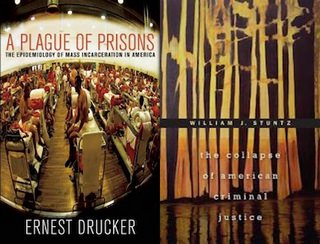
“A Plague of Prisons: The Epidemiology of Mass Incarceration in America” A book by Ernest Drucker
“The Collapse of American Criminal Justice” A book by William J. Stuntz
“He caught a case,” said Maurice, a black teenager whom I’d been tutoring for a while, as part of a program to address the needs of “at risk” youth.
“You say that like he caught a cold or something. What happened?” I asked.
“Don’t know. He just caught a case. He’s down at the jail. I’m telling you it’s easier to catch a case around here than to catch a cold.”
I remember thinking: You don’t just catch a case.
Or maybe you do.
Ernest Drucker, an internationally recognized public health scholar, professor and physician, contends that mass incarceration ought to be understood as a contagious disease, an epidemic of gargantuan proportions. With voluminous data and meticulous analysis, he persuasively demonstrates in his provocative new book, “A Plague of Prisons,” that the unprecedented surge in incarceration in recent decades is a social catastrophe on the scale of the worst global epidemics, and that modes of analysis employed by epidemiologists to combat plagues and similar public health crises are remarkably useful when assessing the origins, harms and potential cures for what he calls our “plague of imprisonment.”
As with any metaphor, the comparison falls short in both obvious and subtle ways. But Drucker is relentless in his pursuit of a paradigm shift, pointing out that even the most obvious differences may be less significant than we may imagine. Biology isn’t everything, he explains, even when fighting real plagues. Many non-biological, social factors frequently determine who lives and who dies.
A Plague of Prisons: The Epidemiology of Mass Incarceration in America
By Ernest Drucker
New Press, 226 pages
The Collapse of American Criminal Justice
By William J. Stuntz
Belknap Press, 413 pages
In the case of mass imprisonment, it is possible to calculate potential years of life lost and measure who is most at risk. It is also possible to identify the precise time of the initial outbreak, the means of transmission, intergenerational trends and the ways in which the epidemic has become self-sustaining over time.
Drucker traces the moment of outbreak to the War on Drugs. Beginning with the Rockefeller drug laws adopted in New York state in the 1970s, followed by President Ronald Reagan’s declaration of war in 1982, our nation set out to incarcerate millions of Americans for relatively minor crimes and drug offenses. Such arrests go a long way toward explaining how the “infection” spreads. Arrests and convictions for drug offenses, Drucker writes, “are the most important agent of transmission that creates new cases of incarceration.”
Even in the South Bronx, one of the poorest and most crime-ridden communities in New York, only 3 percent of convictions are for felonies. The relatively minor offenses of vagrancy, loitering and drug possession account for half of all arrests, with marijuana possession increasingly becoming the most frequent drug charge.
These seemingly minor arrests are the means by which young people contract the virus of imprisonment, which soon becomes a full-blown disease — one they struggle to overcome for the rest of their lives. A criminal record virtually guarantees a lifetime of discrimination in employment, housing, education and public benefits. Millions are locked out of the mainstream society and economy, increasing the likelihood that they will commit more serious crimes. In this way, the epidemic of incarceration has become self-perpetuating, like a plague.
Drucker rightly acknowledges that the risk of imprisonment is not evenly felt; it is concentrated in poor, black and Hispanic communities. An estimated 50 percent of all extended black and Hispanic families in the United States have had a member incarcerated in the past 35 years. For the poorest in both groups, the figure approaches 100 percent. Drucker points out that black males between 21 and 44 are 40 times more likely to be incarcerated for drug offenses than white males of the same age group. In light of numerous studies showing that people of all races are about equally likely to use and sell illegal drugs, this is a telling statistic, to say the least.
Drucker’s argument leaves a nagging question unanswered, however: Why is this happening? Such a question is nonsensical when applied to a biological disease like cholera or a natural disaster like a hurricane. Only God knows why a tornado strikes or why a new, strange disease emerges. But mass imprisonment is different. We did this. Why? And why did we do it primarily to the urban poor?
William J. Stuntz believes he has an answer. A Harvard Law professor who died earlier this year, Stuntz argues in “The Collapse of American Criminal Justice” that the stunning surge in imprisonment aimed at poor people of color can be explained by two factors: a dramatic spike in crime in the 1950s and ’60s coupled with profound changes in how our democracy is structured. Urban residents, he observes, once had far more control over police and prosecutors, and could exert more influence in the jury box. When those who bear the costs of both crime and punishment exercise significant power over those who enforce the law, a more balanced and empathetic approach to crime is the predictable result.
|
To see long excerpts from “A Plague of Prisons” at Google Books, click here. |
Stuntz contrasts the experience of early European immigrants with African-Americans to make his point. When European immigrants flooded our nation in the 19th and early 20th centuries, a crime wave followed, but it did not lead to mass imprisonment. The communities populated by recent immigrants held tremendous power. Then, as now, district attorneys and trial judges were elected at the county level, not at the city level, but suburbs were sparsely populated. As Stuntz puts it, back then, “Cities contained the votes that mattered.” Spared harsh prison sentences and afforded considerable support, the young men who had left Europe for the United States eventually found work and turned away from crime.
When African-Americans flooded Northern urban cities during the Great Migration — fleeing Jim Crow segregation, white lynch mobs and severe poverty in the South — they faced a radically different political and economic landscape. Although they found work at higher wages, they were shut out of jobs and careers that offered any hope of rising paychecks and responsibility. They also confronted a changed political map. White flight and suburbanization resulted in a dramatic shift of power away from urban neighborhoods to counties. “This shift in local populations mattered enormously,” Stuntz notes, “because prosecutors and judges are usually elected at the county level.” The result was that predominately white suburban voters, who do not have to cope with high rates of crime but who hold negative stereotypes of the urban poor, exercised far more power over urban criminal justice than in the past.
Stuntz concludes that “one reason black criminals from poor neighborhoods have been treated with so much more severity than criminals from white immigrant communities in America’s past is because the former are more easily categorized as The Other, as a people whose lives are separate from the lives of those who judge them.” His answer to the “othering” of black America is to grant urban residents far more power over the criminal justice system than they have today.
There is certainly some merit to Stuntz’s claims. But the fact that so many of the cities and counties with the highest incarceration rates are also places in which blacks hold significant power leads one to wonder whether local control would truly be a miracle cure.
Missing from both Stuntz’s and Drucker’s analyses is a deeper understanding of how race has operated: much like a virus, infecting belief systems and attitudes of people of all colors and mutating into new institutional forms. The story of racial disadvantage in America is not simply one of whites versus people of color. There is a long history of relatively educated and privileged blacks turning against the least advantaged while also claiming to be spokespersons for them — a history that has its roots in the struggles to end slavery and Jim Crow. This history suggests that the early immigrant experience may be less relevant than Stuntz imagines and that class divisions among blacks may thwart the intent of his proposed reforms.
Drucker, for his part, applies the right epidemiological tools, but in the end may have diagnosed the wrong disease. Some other disease seems to be ravaging our nation — an epidemic that first broke out as slavery, later as Jim Crow, and now has mutated, resurfacing in a new form. Perhaps mass incarceration ought to be understood as the latest strain of an epidemic that started at the time of our nation’s founding and still has yet to be cured.
Michelle Alexander, author of “The New Jim Crow: Mass Incarceration in the Age of Colorblindness,” is an associate professor of law at Ohio State University.
© 2011, Washington Post Book World Service/ Washington Post Writers Group
Your support matters…Independent journalism is under threat and overshadowed by heavily funded mainstream media.
You can help level the playing field. Become a member.
Your tax-deductible contribution keeps us digging beneath the headlines to give you thought-provoking, investigative reporting and analysis that unearths what's really happening- without compromise.
Give today to support our courageous, independent journalists.


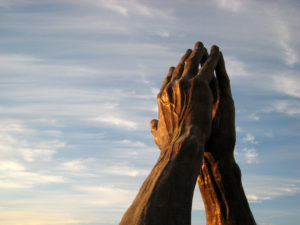
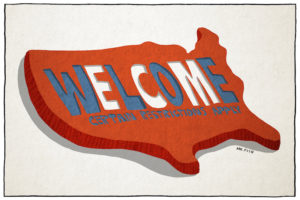
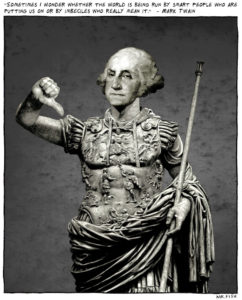
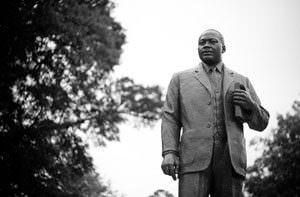
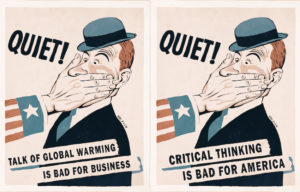
You need to be a supporter to comment.
There are currently no responses to this article.
Be the first to respond.